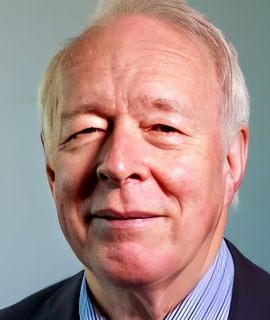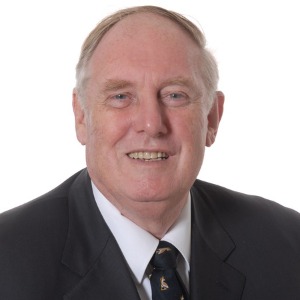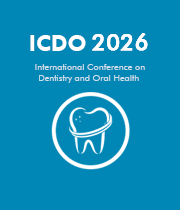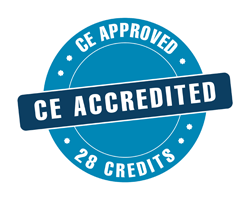Dental Cement
Dental cement is an integral element in the realm of restorative dentistry, serving as the adhesive agent that binds various dental restorations to natural teeth or implants. Different types of dental cements cater to specific clinical requirements, and their selection is guided by factors such as the type of restoration, esthetic considerations, and the longevity desired. Zinc oxide-eugenol cements, known for their sedative properties, find applications in temporary restorations. Glass ionomer cements offer benefits like fluoride release and biocompatibility, making them suitable for certain restorations, especially in pediatric dentistry. Resin cements, incorporating composite resin components, provide strong and esthetically pleasing bonds, making them popular for crowns, bridges, and veneers. The evolution of dental cement formulations continues to introduce materials with improved bonding strength, reduced post-operative sensitivity, and enhanced esthetics. As a result, dental practitioners have a diverse array of cements at their disposal, allowing them to tailor treatments to meet the unique needs of each patient.

David Geoffrey Gillam
Queen Mary University of London, United Kingdom
Christopher Turner
Spacemark Dental, United Kingdom




Title : Evaluating hygienist follow up for head and neck oncology patients in secondary care: Results from a two cycle audit
Peter Basta, Newcastle Dental Hospital, United Kingdom
Title : Atypical facial pain unravelled
Christopher Turner, Spacemark Dental, United Kingdom
Title : New treatment of temporomandibular disorder through muscle balance and muscle regeneration by activation of quiescent muscle stem cells( satellite cells) with mitochondrial dynamics
Ki Ji Lee, National Reserach Foundation & Busan Medical University, Korea, Republic of
Title : Cutaneous, Cranial, skeletal and dental defects in patients with Goltz syndrome
Ali Al Kaissi, National Ilizarov Medical Research Center for Traumatology and Orthopaedics, Russian Federation
Title : The nature and management of dental erosion in patients with bulimia nervosa
Maya Fahy, The Royal Victoria, School of Dentistry, United Kingdom
Title : A systematic review on the early detection of oral cancer using artificial intelligence and electronic tongue technology
Maryam, Kardan Dental Clinic, Iran (Islamic Republic of)